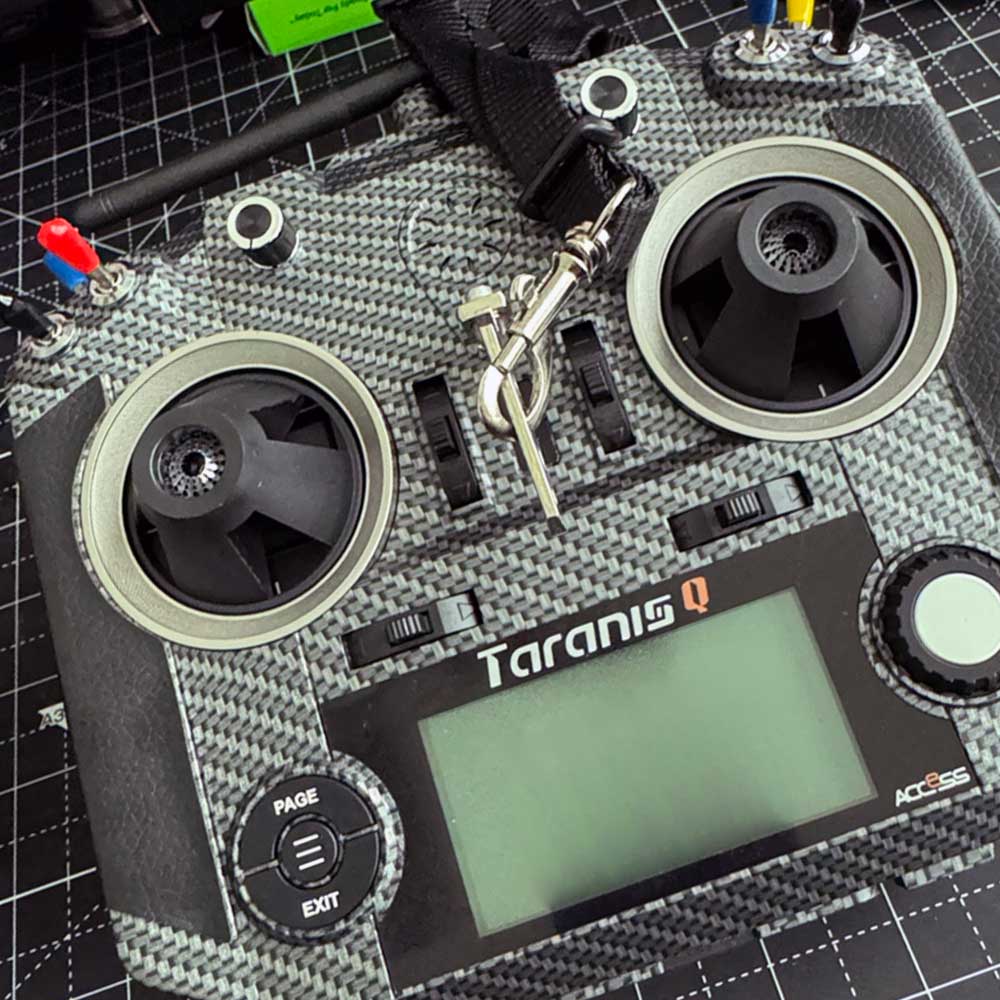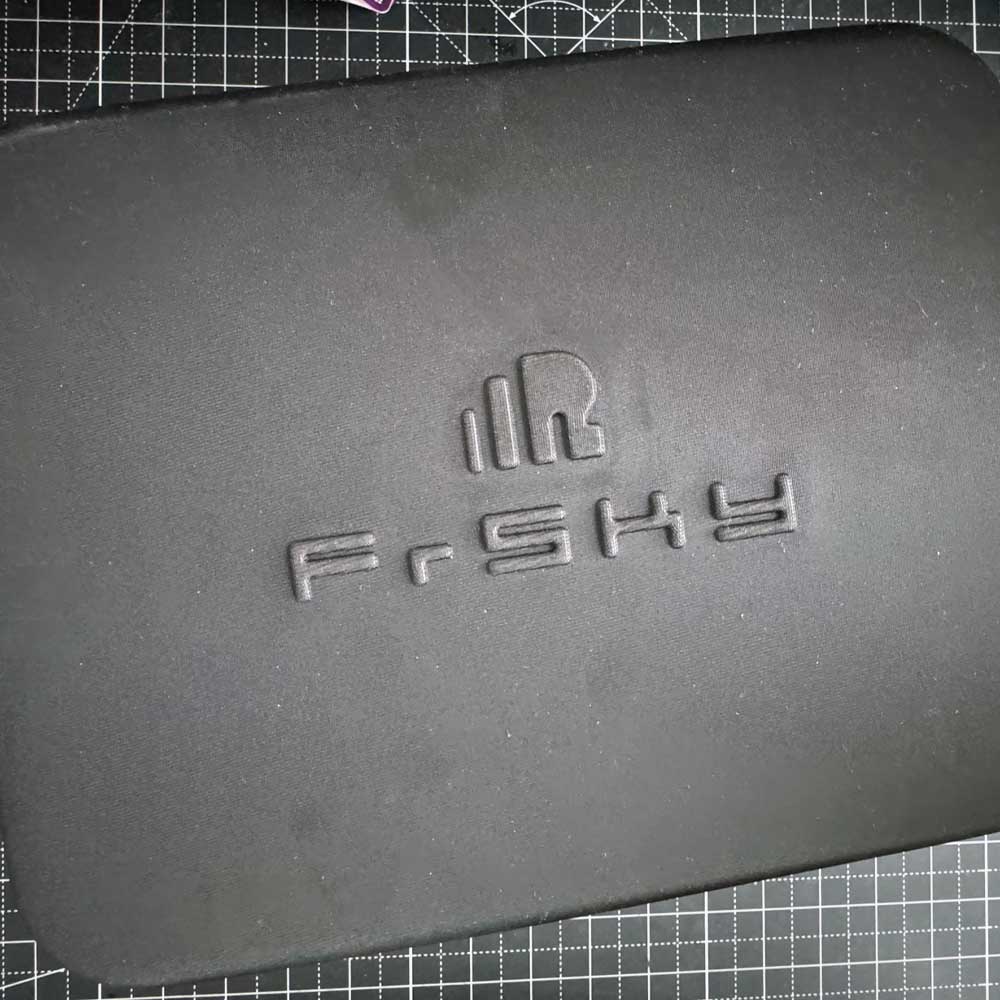The D & D Goods, Gear and Imagination – Let’s Hop Into the World of RPG Gaming.
Let’s discuss the basics, of D&D Starter Kit. All you need is a starter kit, some dice and a friend or two. With a little imagination, creativity and people who can work with minimal direction, you can setup a basic game of D&D.
Start a clan or cohort of player characters who are whisked off to battle, encountering orcs, goblins, and challenges unique to the world of RPGs (role playing games). However, there’s a catch if you’ve never played the game, read the books, or watched learn-to-play videos on platforms like YouTube, Twitch, Rumble or D&D content on ‘how to get started, game play and game strategy’. For simplicity’s sake, let’s leave the ‘how to’s to the to the experts. This article is more of a summary of our process, journey and learning how to play one of the original RPG games. Let’s outline our RPG journey.
Starter Sets, Dice and Imagination
Starting with the D&D Starter and/or Essentials Kit is extremely helpful. The Starter Set was particularly successful for us in terms of our campaign. By campaign, I mean a successful storyline that runs from start to finish, or sometimes just the time we started playing until the day ended. It could also refer to the order of play and our willingness to fail. I’ll discuss that more later.
For starters, the Essentials or Starter D&D kits are the way to go. We skipped the online version and just got the premade character sheets, six dice, a mini game or campaign (Lost Mine of Phandelver), D&D rulebook, and most importantly, a group of people willing to learn and not necessarily know how to play.
That’s it! So, what’s the catch? The punchline is that you can play regardless of experience. However, it’s extremely helpful to have someone in the group with ‘any’ level of D&D experience. We did not. So, the recommendation here is simple: read what you can, get the adventure started, start with what you know from other games you might have played, ‘discard’ what you don’t ,and have fun.
Kits, Books, Dice, Accessories and More
Starter Set – D&D Starter Set
Essentials Kit – D&D Essentials Kit
Core D&D Rulebooks Gift Set Object – D&D Core Rulebooks Set (Hardcover)
Starter Set – D&D Start Set
Dungeon Masters Guide – D&D Dungeon Masters Guide
D&D Art & Arcana – D&D Art & Arcana
Character Sheets – D&D Character Sheets
Spellbook Cards – D&D Spellbook Cards
Icewindale Book – D&D Icewindale Rime of the Frostmaiden
Fizban’s Book – D&D Fizban’s Treasury Of Dragons
Chessex D& Dice – Chessex D&D Dice
The DM (Dungeon Master) Role, Experience
The most important role in the game is that is the role of the Dungeon Master or DM for short. DM’s act as the campaign narrator, the judge, and with some experience, can create epic journeys filled with ice giants, mountain trolls, ancient wizards, clockwork stone samurai warriors, and dragons. After all, it is called Dungeons and Dragons. Before you face those dragons, a word of caution: experience can be beneficial. Replaying min-campaigns or campaigns you’ve already completed as a group can help improve situational awareness and guide you on how to behave as a player-character rathar than an NPC (non-player character).
Once again, the DM can assist campaign players in various ways: replaying scenarios on a small scale, developing new character activities, creating new situations. or realms. These tools are helpful in learning how to play, improving teamwork, enhancing character attributes and skills, and gaining a better understanding of the game quickly.
Enjoy The Pitfalls, Work To Elevate Your Game Play
In our case, gaming, we navigate pitfalls, traps, and dragons to survive. The main goal is to have fun, while the Dungeon Master DM manages basic rules, functions, and gameplay. To play, you will need a DM, character sheets, a story (campaign books are available for all levels of play), a rulebook, and some dice.
Quickly, let’s touch on the DM screen (DM screens contain quick tips, notes and situational actions to help the DM move the game along). It’s not game ending if you don’t have one and the DM relies on paper ‘screens’. What’s important is that most starter kits, depending on the edition, include some version of a DM screen. The same goes for the DM guide and player rulebook.
This is a good starting point in the article where we added a few other D&D pieces to enhance game play. Ok, ok. I must admit, we picked up some second hand campaign books, additional character sheets (blank, with the skills needed to create a character from scratch), and a digital/web-based dice-rolling app. This is handy when space is limited. Whether new or used, refurbished or the latest edition, we chose to add something new at longer intervals.
Additional Accessories
Introducing the Core Rulebooks Set with Original Cover Art, including the DM Screen, DM Guide, Monster Manual and Player’s Handbook. We have chosen to maintain a longer interval between game additions, sticking to the basics. Adding new elements such as pieces, books, or parts would disrupt the flow of the game. It took several months to full appreicate the benefits of running a campaign with Monster Cards and maps (we projected our campaign maps on the TV). This proved to be a handy way to visually understand the campaign and create the illusion of a cave or dungeon, especially for a less skilled group of players.
RPG’s – Role Playing Games
Let’s take a moment to define RPG play. The concept is quite simple; players roll dice, make moves to observe, discover, or take action each round of play.
The same goes for the characters, many of whom are monsters that take a a turn by rolling dice, adding a layer of complexity to the game. All of us were new to the game, yet, we had a Dungeon Master, some players, character sheets, dice and a pre-made story. Kudos to us early on in the journey, as we had no idea what we were getting into. We completely ignoring time elements, rules, items characters ‘carry with them’, magic, or player strengths/weaknesses, durability and XP.
We immersed ourselves in the story, made strategic moves, faced the best D&D Goods and challenges presented by the DM’s monsters, and then moved on to the next. adventure. At its core, that’s the essence of the game. While note groundbreaking, we soon realized that these sessions served as valuable training excesizes that helped our team establish out play style for future campaigns. Let’s emphasize the enjoyment of RPGs, revisiting campaigns can be exciting. The main reason being the game’s incredible flexibility, allowing for a different experience each time it is played. With different DMs, varying character strengths, and evolving situations, the player-characters grow and the gameplay experience evolves. Lastly, we probably should have stuck with our premade characters a bit longer. For those who have never played, there is no right or wrong way to approach the game. The key is to make the most of what you have, whether using premade characters or creating your own.
D&D Goods, Successes, DM’s and Game Play
Now, the key to our success was the premade character sheets included in the kits. We had no idea how to play, a DM… and some sheets. Characters levels, arcane, dexterity, what? Skipping this part, is not critical to the story, the point is, the more you play, the rules and gameplay evolve. Assuming the group can accept the lack of knowledge and that there is no inherent game expert to guide the game; then it sounds like you’ve got a game!
Hours, days, and even weeks have passed, replaying the essentials. This is where the DM (mentioned above, whose experience is key) can help elevate game play. Adding the D&D core books (D&D Goods) i.e. the DM’s Guide, Monster Manual and Player’s Handbook. to the mix was essential . The Essential Kit and/or Starter Kit can be replayed as much or as little as you desire. Today, we revisit the journey from time to time. The game offers a level of flexibility, rules can come and go, or maybe a better way to describe the journey, leave it up to the Dungeon Master!
Respect for the DM, get the D&D goods. Books and bulk dice purchases came sometime later as we added new players. Most players resorted to the digital dice apps for player moves and actions where applicable. We won’t go into detail, keeping this high level. Introducing new elements to the game/campaign, week by week ( generally, months at a time). Stick with it, you’ll figure it out!
Expand, Purchase Core D&D Goods, Dice Sets and More
Finally, we worked to refine our game play, by adjusting the D&D goods and complexity as needed. The amount of changes made often depends on the team’s available playtime. It can be a gradual process, but having an intuitive and creative DM is crucial, so a big thanks to our DM! Dm’s have the ability to breathe life into the storyline, introducing unique challenges such as crisis situations, periods of difficulty, high-pressure scenarios, troubled times and moments of campaign glory! There is never a ‘wrong direction’ in the game – the more you learn, the more opportunities you have to create a new character or try a different storyline.
The direction and strategy can only ‘grow’ from today-to-tomorrow. Any suggestions? Keep it simple, light and refreshing. Focus on building character strengths, avoiding complexities, and gaining strength and XP (experience points) for warriors. Arcane abilities for Mages, stealth for thieves. Additionally, cohort successes can benefit from various play styles, complementing team play or player-character types. Be mindful of limitations, and work to mitigate character weaknesses. Lastly, rely on your D&D clan your clan and a little imagination will get you through the tough times.
Finally, Ok, you want to play? Get yourself some D&D goods, game books, accessories and more (tables, cups, merch).



